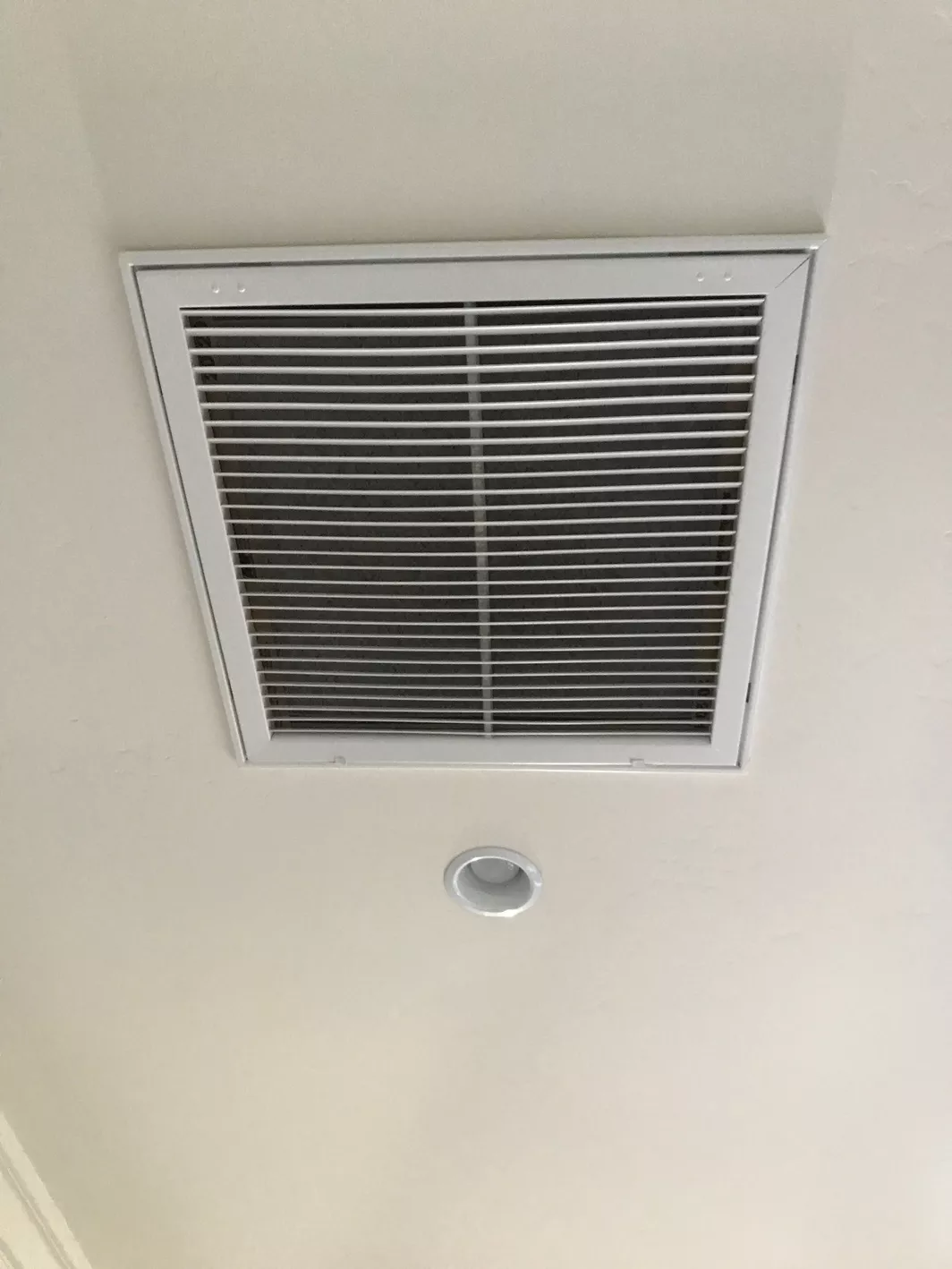How To Fight Allergies in Texas
Since the Texas allergy season starts in January and runs through December, it's a good idea to have a solid plan to reduce allergy exposure. When you need to figure out how to fight allergies in Texas, your indoor air quality at home is an excellent place to start.
Clean air means fewer allergens floating through your home. Duct cleaning and regular replacement or cleaning of air filters help prevent particles from circulating throughout your home, while good ventilation allows the air in your home to change over regularly. Another solution is installing an air purification system that pulls allergens, dust, and other particles out of the air.
This article explains some of the best methods for reducing the indoor buildup of pollen and other allergens, giving you a restful home. Some of the fastest and easiest ways to control your exposure include:
- Replacing clogged air filters
- Having your air ducts cleaned
- Improving your ventilation
- Adding an air purification system
Tired of dealing with allergies while trying to relax after a long day at work? Contact Jon Wayne today at (210) 239-2892. We offer comprehensive indoor air quality services to give you a 360-degree shield against the most common Texas allergens, with a 100% satisfaction guarantee.
Installing and Replacing Clogged Air Filters

Did you know that swapping out an old, clogged air filter can save 5-15% on your heating and cooling costs? The Department of Energy lists cleaning or replacing your air filters as one of the most important ways to maintain your unit and ensure optimal performance. In addition, air filters do exactly as advertised. They filter the air.
The air filter attached to your HVAC system may not meet HEPA standards, but it can still pull plenty of dirt and debris out of the air before it reaches your interior vents. For best results, contact Jon Wayne to ask about reconfiguring your unit to use MERV filters. A MERV filter is larger than a standard 1" fiberglass option and, when highly rated, can be very effective at reducing allergens, pollutants, and other airborne particles.
So, how often should you be changing your air filter? For standard 1” filters, we recommend changing the filter once a month when using your AC, furnace, or heat pump daily. During milder seasons, you can replace the filter once every 6 weeks or every 2–3 months. How often you should change your air filter can also depend on whether you have pets in the home, or live in an area where there is more dust and dirt, for example, on unpaved roads or driveways, or in an area with lots of new construction.
Having Your Air Ducts Cleaned
As you run your heat and air conditioning, your ducts develop a coating of debris. Pet dander, dust, hair, pollen, and other particles slowly build up on duct surfaces. As air blows along the ducts, it can pick up these particles and spread them through your home. With humidity changes, you might even have mold growth, which is one of the most common allergens, according to Boston Children's Hospital and other major medical providers.
Once allergens make it into your ducts, cleaning out those interior surfaces is the only way to minimize the spread. At Jon Wayne, we can recommend a cleaning solution that removes any particles that may cause your problems. We also help improve airflow through your ducts, facilitating fresher, better airflow through all areas of your home. Cleaner ducts mean fewer hot and cold spots.
Maintaining a Well-Ventilated Home
Modern homes have excellent insulation, but the air trapped inside can get stale. A simple, fast, and totally free method to refresh the air in your home is to open up your doors and windows. However, during the height of cedar pollen and grass mowing seasons, letting in the outside air can also invite in a new wave of pollen.
Keep your refresh moments short. Don't leave the doors and windows open for more than a few minutes at a time, and try to avoid getting that fresh air while the neighbors are busy with lawn care.
Another solution to stale air is the addition of a purification system that automatically exchanges all the air in your home.
Investing in an Air Purification System
If you have trouble with allergies, a whole-home solution might be the best way to reduce airborne allergy triggers inside your home. At Jon Wayne, we install systems that work in tandem with your HVAC system to control humidity and filter out unpleasant odors such as tobacco smoke or paint fumes.
Our systems use HEPA or charcoal filters to remove pollen in addition to odors. The leading cause of all seasonal allergies is pollen, typically from grass or cedar in Texas. Getting rid of those irritants is essential to fighting Lone Star State's allergies.
A single system can purify the air up to 1,100 square feet, covering a modest-sized single-family residence. If you have a larger home, you might need multiple units to get the same level of removal.
Cost to Install an Air Purification System
Our air purification systems are typically very affordable, with installation starting at $495. You can add UV lights to your purification system, starting at $478. Adding UV lights kills viruses, helping to minimize the spread of illness when someone in your home gets sick.
If you live in an area with high humidity, like much of southeast Texas, you might want to explore installing a whole-home dehumidifier. While installation starts at $4,500 for these units, the benefits are considerable. You get improved air quality, and you can also spare your air conditioning unit by reducing how much you need it to beat the heat.
Ready to clean up the air in your Texas home with a whole-home air purification system? Let the NATE-certified technicians at Jon Wayne get the job done right, the first time. We offer free estimates on your indoor air quality services.

